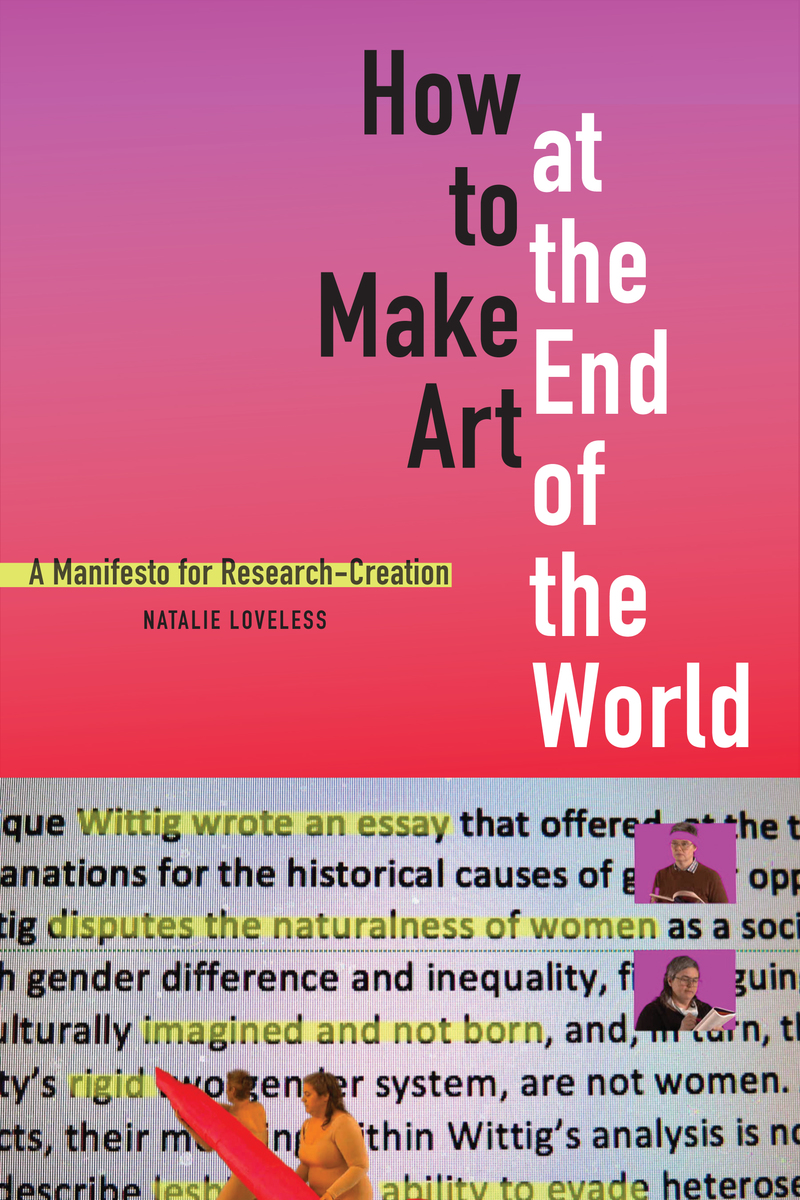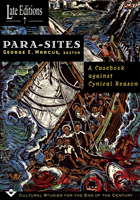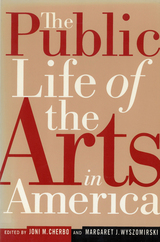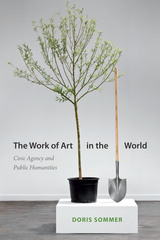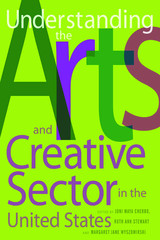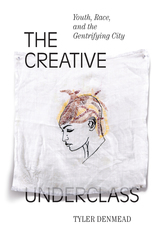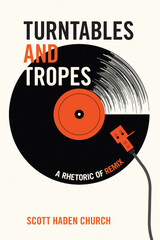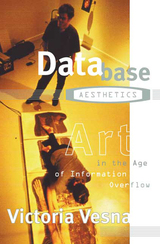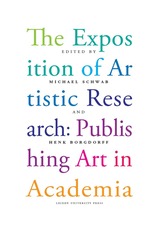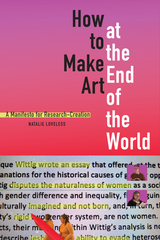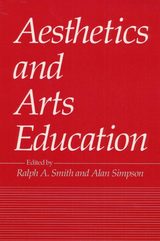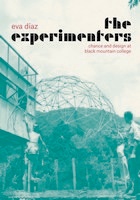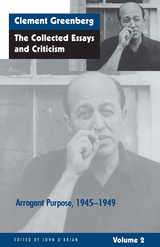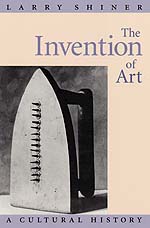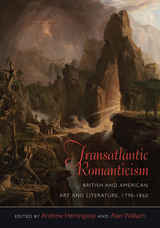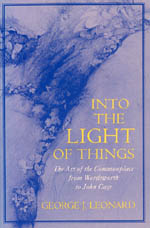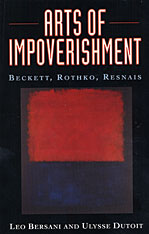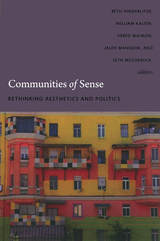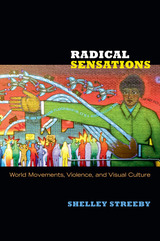How to Make Art at the End of the World: A Manifesto for Research-Creation
Duke University Press, 2019
Cloth: 978-1-4780-0372-4 | eISBN: 978-1-4780-0464-6 | Paper: 978-1-4780-0402-8
Library of Congress Classification NX280.L67 2019
See other books on: Aims and objectives | Arts | Creation (Literary, artistic, etc.) | Education, Higher | End
See other titles from Duke University Press
Cloth: 978-1-4780-0372-4 | eISBN: 978-1-4780-0464-6 | Paper: 978-1-4780-0402-8
Library of Congress Classification NX280.L67 2019
ABOUT THIS BOOK | AUTHOR BIOGRAPHY | REVIEWS | TOC | REQUEST ACCESSIBLE FILE
ABOUT THIS BOOK
In recent years, the rise of research-creation—a scholarly activity that considers art practices as research methods in their own right—has emerged from the organic convergences of the arts and interdisciplinary humanities, and it has been fostered by universities wishing to enhance their public profiles. In How to Make Art at the End of the World Natalie Loveless draws on diverse perspectives—from feminist science studies to psychoanalytic theory, as well as her own experience advising undergraduate and graduate students—to argue for research-creation as both a means to produce innovative scholarship and a way to transform pedagogy and research within the contemporary neoliberal university. Championing experimental, artistically driven methods of teaching, researching, and publication, research-creation works to render daily life in the academy more pedagogically, politically, and affectively sustainable, as well as more responsive to issues of social and ecological justice.
See other books on: Aims and objectives | Arts | Creation (Literary, artistic, etc.) | Education, Higher | End
See other titles from Duke University Press
